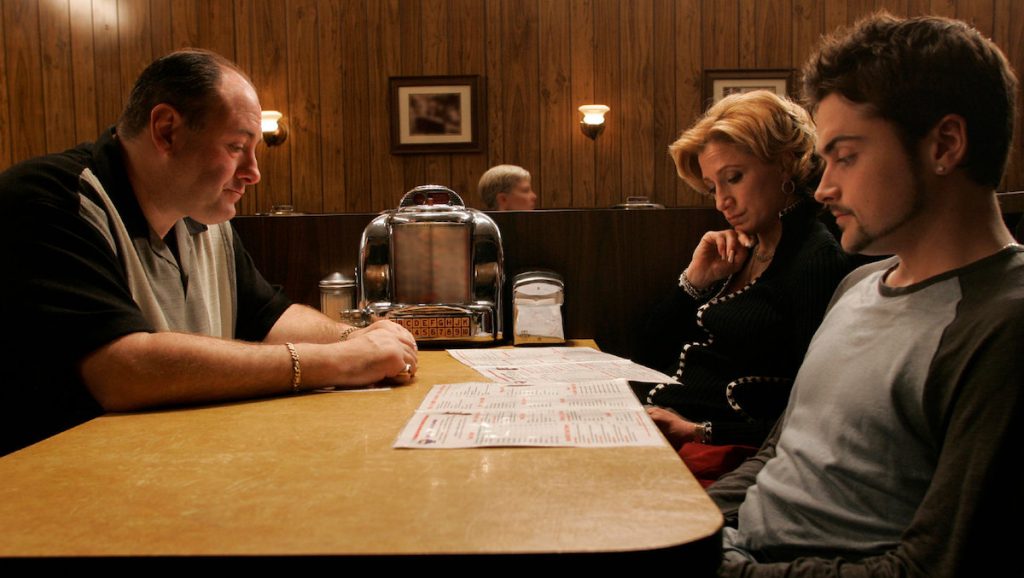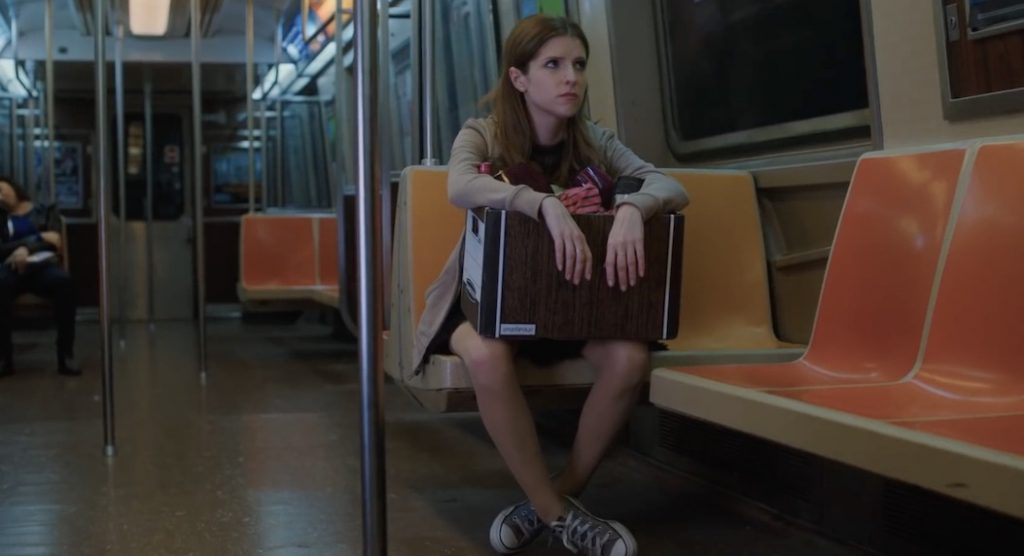
After more than 35 years of operation, TBI is closing its doors and our website will no longer be updated daily. Thank you for all of your support.
TBI Weekly: What HBO Max’s Amazon dispute tells us about SVOD’s
WarnerMedia’s roll-out of HBO Max earlier this week went without a hitch, even if its launch was more of a gentle release into the US landscape rather than an unleashing in the way Disney+ dominated the headlines.
Given the vastness of its offering, that’s perhaps a surprise, yet with the majority of its line-up already well publicised, much of the attention was instead focused on one of the American TV industry’s old-fashioned battles: the carriage dispute.
Old vs new
This time, instead of it being a cable network going dark after a failure to strike a deal with the relevant carrier, it was one of the world’s biggest content providers – home to Game Of Thrones, The Sopranos, Friends, Sesame Street and The Big Bang Theory – going against the world’s biggest retail giant.
The failure to come to an agreement prior to launch meant that as HBO Max entered the US OTT fray – looking to compete in an insanely competitive market that now includes Netflix, Disney+, Apple TV+, NBCUniversal’s Peacock and ViacomCBS’s All Access – it risked making five million existing users rather unhappy.
That was because subscribers of HBO who had signed up via the Amazon Prime Video Channels were not able to access the full gamut of HBO Max’s offering, which ranges from originals such as feature doc On The Record and scripted comedy Love Life to a further 10,000+ hours of content from WarnerMedia-owned brands including HBO, Warner Bros., New Line, DC and TNT.
The service is also not available via Roku either, while Apple TV has also tweaked its agreement, meaning that HBO Max shows can be viewed on the tech giant’s programme carousel – but to watch anything, users are pointed directly to the app of the WarnerMedia-owned SVOD.
Public spat
The disagreement prompted Amazon to hit out at WarnerMedia parent AT&T, accusing the telco of “choosing to deny these loyal HBO customers access to the expanded catalogue. We believe that if you’re paying for HBO, you’re entitled to the new programming through the method you’re already using. That’s just good customer service and that’s a priority for us.”
For its part, HBO Max played it straight, saying they were “thrilled” that their service was “widely available” but adding that it wants a deal with Amazon that is “on par” with how the retail giant provides customers access to Netflix and Disney+ content. And that means while shows might appear via a third party, the viewer watches via the content owner’s app.
For the newly launched streamer, the aim is to wrestle control of consumers and to ensure that subscribers watch content within their ecosystem, providing their data directly and delivering a larger wedge of cash to the IP owner rather than a third-party host. It’s just another attempt to ensure yet more vertical integration.
For Amazon, this demand provides an immediate problem of course, with one of the key attributes of its Prime Video Channels business being that it offers one interface to access a raft of different providers’ content.
A direct hit
It also goes direct to the challenge facing aggregators such as Amazon’s Prime Video Channels and Apple TV, because if HBO Max isn’t prepared to allow its shows to sit inside the Amazon ecosystem – even if it did previously with plain old HBO – then why should others of a similar scale? HBO Max wants to join the likes of Disney+ and Netflix in ensuring that its content is viewed within its app and the repercussions of that could be widespread.
With no deal, Amazon Prime Video Channels faces being without one of the major SVOD players while HBO Max will lose out on customers and reach.
If Amazon concedes, the retail giant will lose some of its clout and HBO Max gains an upper-hand against rivals, able to dive deeper into data and presumably avoiding heftier fees. If HBO Max gives way, the third-party aggregators gain the upper hand.
An agreement seems likely at some point, not least because as with most carriage disputes, offering no service benefits neither party. But in the longer term, this is a battle that could reveal the true clout of the major SVOD players and looks likely to point to further stratification of the streaming landscape, with one set of streamers – namely, the biggest – playing by one set of rules and going truly direct-to-consumer, and the rest using third-party services such as Amazon for reach.





